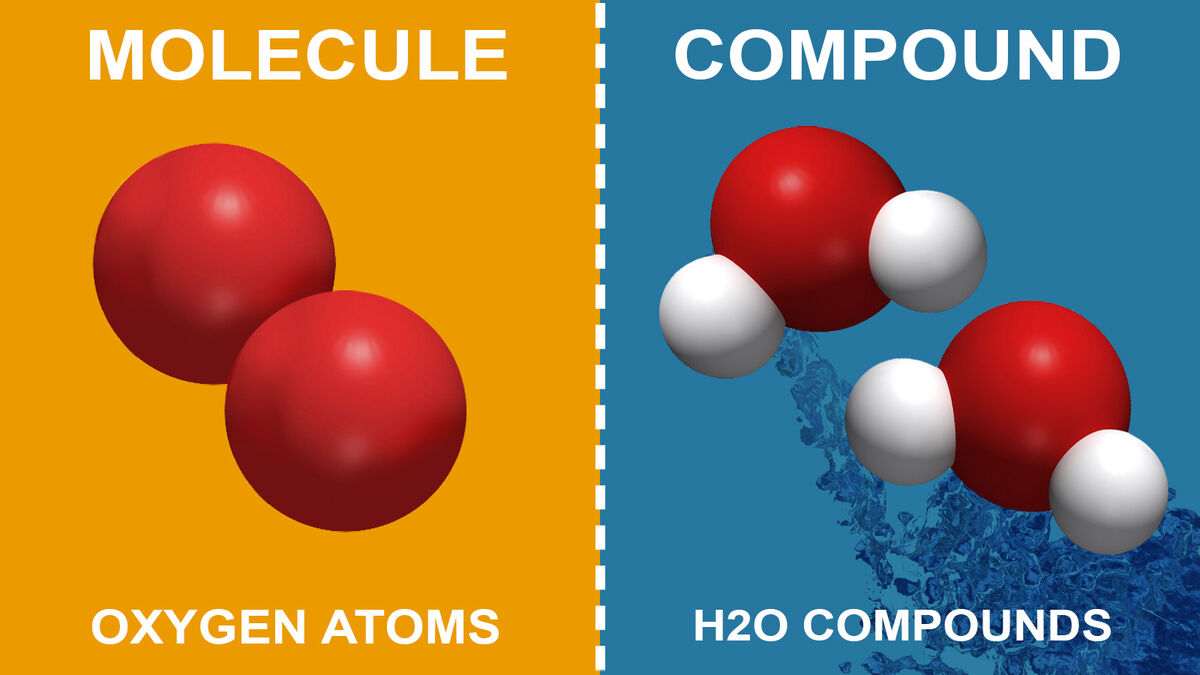
The exploration of molecular stability and energy content is fundamental to understanding chemical behavior. This inquiry delves deep into the intricacies of atomic interactions and the governing principles of thermodynamics, revealing profound insights into the nature of compounds. The question of which compound possesses the highest energy is not merely an academic exercise but a critical consideration in fields such as biochemistry, materials science, and energy production. By analyzing various compounds, we unravel the mysteries of their energy states and stability.
Understanding Chemical Bonds
At the heart of molecular stability lies the concept of chemical bonds—specifically, covalent, ionic, and metallic bonds. These interactions dictate the arrangement of atoms within a compound, thus influencing its energy profile. Covalent bonds, characterized by the sharing of electrons, generally confer greater stability and lower energy levels than ionic bonds, which arise from the electrostatic attraction between charged ions. The energy associated with these bonds is pivotal; compounds with strong, stable bonds, paradoxically, may harbor lower energy than their less stable counterparts.
Defining Energy States
Energy within a compound can be delineated into several categories: potential energy and kinetic energy are the most prominent. Potential energy, which is stored within the chemical bonds, is a reflection of the arrangement of atoms and their distances from one another. Kinetic energy, conversely, is related to the motion of particles within the substance. The interplay between these energies creates a dynamic equilibrium, influencing the overall energy of the compound.
The Role of Molecular Geometry
Molecular geometry plays a quintessential role in determining a compound’s energy state. The spatial arrangement of atoms affects both the stability of the bonds and the accessibility of energy. For instance, compounds with strained geometries, such as cyclopropane, may have elevated energy levels due to the increased strain on their bonds. Conversely, linear or more symmetrically arranged molecules tend to exhibit greater stability and, thus, reduced energy. As we carefully examine the shapes and configurations of various molecules, we refine our predictions regarding their energy content.
Assessment of Compound Types
When evaluating which compounds are likely to exhibit the highest energy, we can categorize them broadly. Organic compounds, particularly hydrocarbons, frequently emerge as strong contenders. Compounds such as ethyne (acetylene) possess a simple yet tightly bonded structure that embodies high energy due to the presence of triple bonds between carbon atoms. Triple bonds not only signify a significant potential energy reservoir but also illustrate the complex interplay of molecular stability.
On the other hand, inorganic compounds, particularly those containing transition metals, often reveal intriguing properties. For instance, peroxides and superoxides contain oxygen-oxygen bonds, which are relatively weak. These molecular structures can yield a high amount of energy upon decomposition, which is evident in their use in propellants and explosives. Such reactive compounds, while unstable, highlight how designed instability can be harnessed for energy release.
Thermodynamic Considerations
Evaluating a compound’s energetic characteristics demands a thorough understanding of thermodynamics. Criteria such as enthalpy, entropy, and Gibbs free energy offer a comprehensive lens through which we can analyze stability and energy. In this realm, exothermic reactions—where energy is released—illustrate molecular transformation into lower-energy, more stable forms, thereby creating an environment ripe for energetic evaluation.
Combustion Reactions: A Case Study
Consider the combustion of hydrocarbons—a preeminent example of energy release. The combustion of octane, a fundamental component of gasoline, typifies how a relatively stable molecule can unleash substantial energy through its breakdown into carbon dioxide and water. The energy output from such reactions underscores the transformative nature of molecular bonds, turning high-energy potential into kinetic energy through chemical reaction.
Stability and Reactivity Correlation
In our quest to identify the compound with the highest energy, it is essential to consider the balance between stability and reactivity. Highly energetic compounds often reside at an unstable equilibrium, poised for transformation. The paradox of stability is that, oftentimes, the most stable configurations yield lower energies. Yet, in contexts where rapid reaction is paramount, the unstable compounds offer a tantalizing glimpse into energy potential that can be realized.
Concluding Reflections
In synthesis, the inquiry into which compound would predictably contain the highest energy unfurls a complex tapestry of molecular interactions, thermodynamic principles, and chemical reactivity. It encourages a broader contemplation of stability versus energy potential, compelling us to acknowledge that the highest energy may frequently reside within the least stable configurations. The pursuit of understanding these dynamics not only enhances our grasp of chemistry but also illuminates pathways for future discovery—be it in the development of new materials, fuels, or methods for energy harnessing. As we expand our exploration of molecular stability and energetic profiles, we inevitably reshape our perspective on the very nature of the compounds that compose our world.
